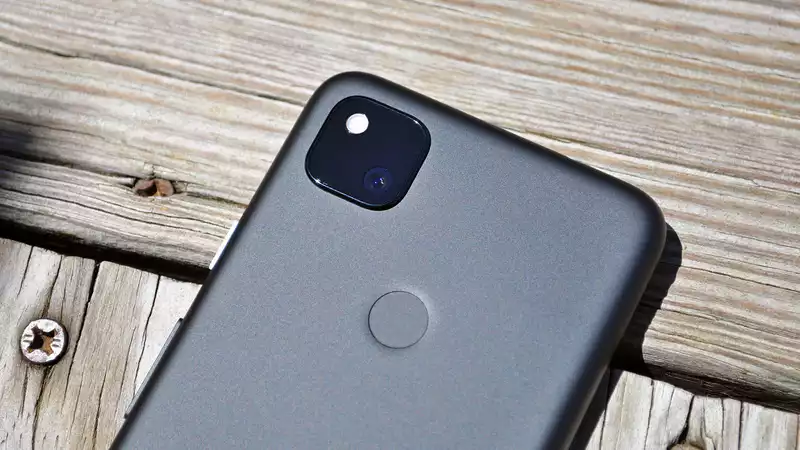The Google Pixel 5 will likely use the same 122MP main rear camera sensor as the Pixel 4
The Pixel 5 will use the mid-range Snapdragon 765G chip instead of the flagship Snapdragon 8 series and will have various changes from the previous model, including the removal of extra features such as radar scanners and squeezable edges However, the upgraded main unit is not expected to be the only change However, an upgraded main rear camera would have been on our wish list
However, Mark Levoy, a former Google engineer who worked on the computational photography side of the Pixel phones, told The Verge that the smartphone's camera hardware has not advanced enough to make the main camera sensor worth upgrading
Levoy explained that upgrading the physical phone camera hardware has been a bit fruitless when it comes to improving photography results and may pose new challenges: "I don't know that the basic sensor is that attractive because of the reduced yield due to the laws of physics don't know
The former Googler used the example of trying to fit a 96 MP lens into a smartphone without increasing its size as an example of increasing yield and the problems caused by trying to upgrade a phone's camera just because of incremental advances in sensor technology [If you want to have 96 megapixels, but you can't physically squeeze a larger sensor into the phone's form factor, you have to make the pixels smaller, you get closer to the diffraction limit, and the pixels get worse 'Noise will be higher It's unclear how much of an advantage there would be"
Other Android phones currently use high megapixel sensors in their rear cameras For example, the OnePlus 8 Pro has a 48MP main camera that uses a technique called pixel binning to combine data from different pixels and break them down into a 12MP image However, Levoy does not believe the technology is worth it because of the challenges of aliasing artifacts and color interpolation
He added that pre-iPhone smartphones were thicker and that adding a larger megapixel sensor would be more feasible if phone makers return to bulky handsets But Levoy added: "Nokia experimented with that, but it was not commercially successful
With this in mind, it seems likely that the Pixel 5 will follow the camera sensor from the previous model There is also a possibility of adding another camera to the rear camera array, for example, an ultra-wide angle camera However, the main sensor is likely to remain at 122 MP
That's not a bad thing, as Google's Pixel phones have always produced impressive results thanks to Google's powerful computational photography; even the $349 Pixel 4a rivals flagship phones from its single rear camera impressive photos
Therefore, the Pixel 5 is expected to lean heavily on software to deliver smartphone photography, rather than using a larger sensor or adding a set of lenses on the back
The Pixel 5 is expected to be announced in October, so we won't have to wait too long to see what Google has come up with to challenge the iPhone 12-like model










Comments